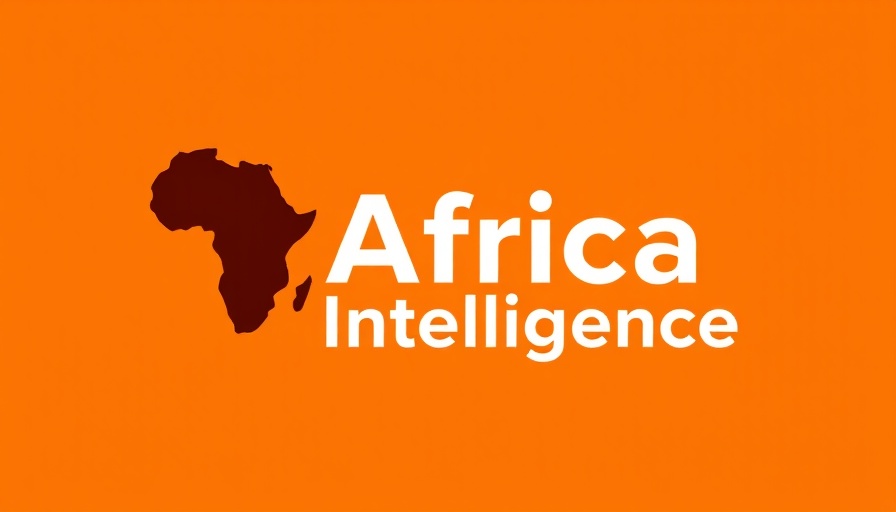
Morocco's Ambitious Energy Agenda: Bridging Continents
In a bid to align with growing energy demands and the urgent need for sustainable solutions, Morocco is forging ahead with plans to strengthen its electricity connections with Europe, particularly Spain and Portugal. This initiative, part of Morocco’s broader strategy to enhance its renewable energy capacity, showcases the nation’s commitment to becoming a leader in clean energy supplies.
The Future of Electricity: Technical Negotiations Underway
The National Office of Electricity and Drinking Water (ONEE) is currently engaged in technical negotiations aimed at establishing robust electrical connections with its European counterparts. This step is crucial as Morocco plans to bolster its power supply and cater to a growing market that is increasingly prioritizing renewable energy sources.
Spain and Morocco: A Renewable Energy Partnership
Following the signature of a Joint Declaration in 2016 by Spain, Portugal, France, and Germany with Morocco, cooperation in renewable energy has taken significant strides. Notably, Spain has been enhancing its submarine connections, facilitating the flow of renewable energy between the two regions. This partnership is not just a bilateral endeavor; it represents Morocco's strategic positioning as a key player in Europe’s energy transition.
Ambitions for Renewable Energy: A 2030 Vision
Morocco is ambitious in its target to generate 52% of its electricity from renewable sources by 2030. With substantial investments required—estimated at around $52 billion—achieving this goal necessitates not only local but also international collaboration, particularly with European partners who are keen on diversifying their energy supplies.
Harnessing the Sun: The Noor Ouarzazate Solar Complex
At the heart of Morocco's renewable energy aspiration is the Noor Ouarzazate Solar Complex, which stands as a testament to Moroccan innovation and sustainable practices. This project, which is recognized as the world's largest concentrated solar project, utilizes cutting-edge technology to turn sunlight into clean electricity, addressing both local needs and export potential to Europe.
The Wind Farm Revolution: Tarfaya's Contribution
Alongside solar initiatives, Morocco is also making waves with wind energy, exemplified by the giant 300 MW wind farm in Tarfaya. Positioned strategically across the border from the occupied Western Sahara, this wind farm is a vital component of Morocco's renewable landscape, further underscoring the country’s readiness to meet its energy demands.
Concerns Over Western Sahara: A Complex Reality
However, Morocco's clean energy narrative isn’t without its complications. Much of the development, particularly solar energy, is notably concentrated in the contested Western Sahara region, raising ethical considerations in the global energy dialogue. The raw potential for renewable energy in this disputed territory has led to accusations of energy 'greenwashing'—a term that denotes the exploitation of eco-friendly initiatives to distract from underlying issues such as territorial conflict.
Implications for Europe: Navigating Political Obstacles
As the EU continues to invest millions into Morocco's green energy endeavors, the question remains: how will it reconcile these imports with the ongoing territorial disputes? The EU has made it clear that it will not source energy from occupied regions, thus adding another layer of complexity to Morocco’s ambitious energy plans.
Conclusion: A Delicate Balance
Morocco's endeavors in renewable energy highlight a transitional moment for both the country and its European partners. This intricate balance of meeting energy demands, adhering to ethical considerations, and navigating political landscapes serves as a microcosm of the larger energy transition underway globally. As Morocco pushes forward, the world will be watching closely to see how it reconciles sustainable development with territorial integrity.
Amidst these developments, professionals across industries should remain informed about the implications of Morocco's energy strategies, as they will invariably influence global energy markets and geopolitical dynamics. This awareness allows for a better understanding of how clean energy initiatives are intertwined with larger socio-political narratives, fostering a comprehensive perspective essential for innovation, entrepreneurship, and sustainable development.
 Add Row
Add Row  Add
Add 




Write A Comment